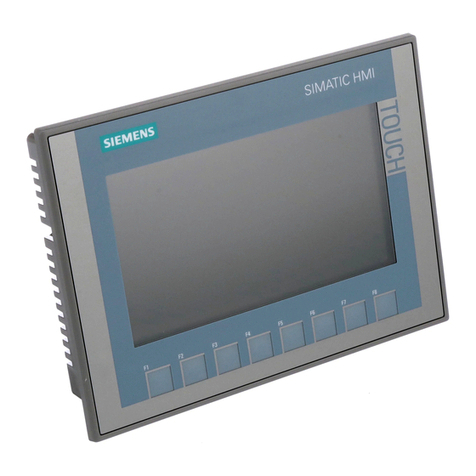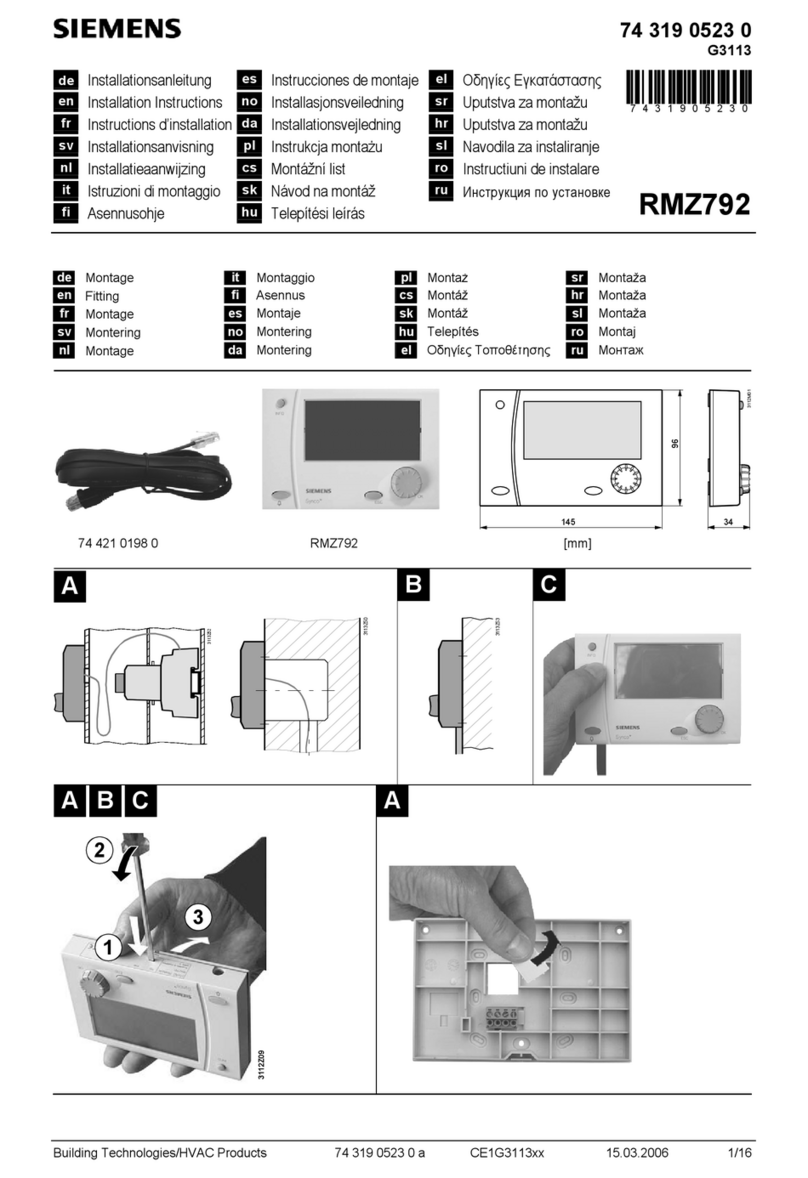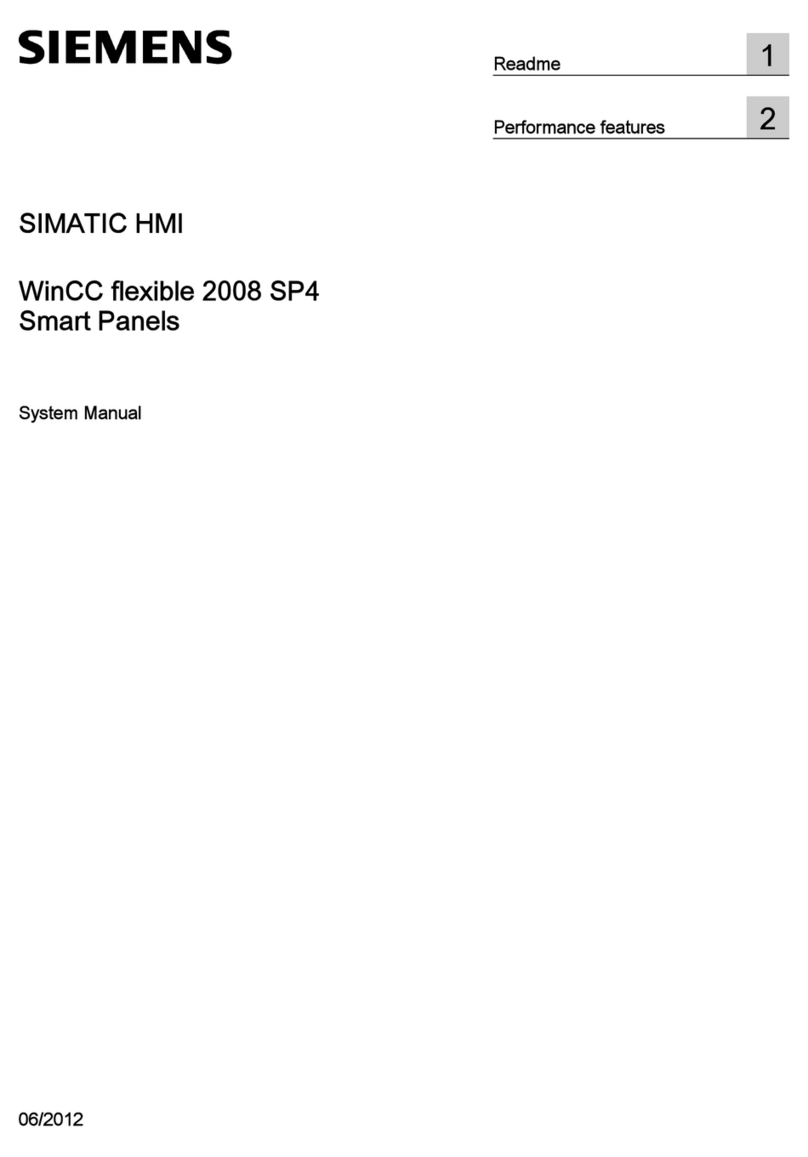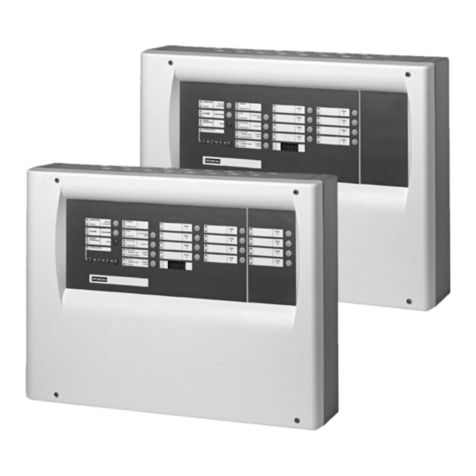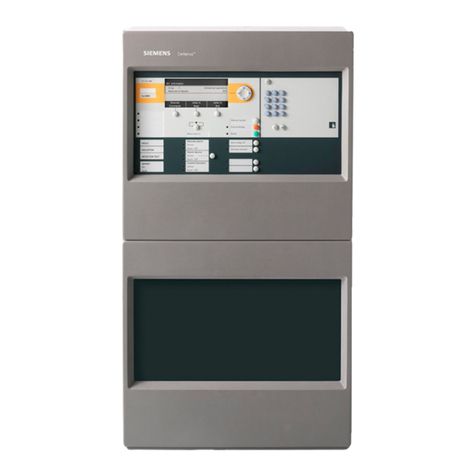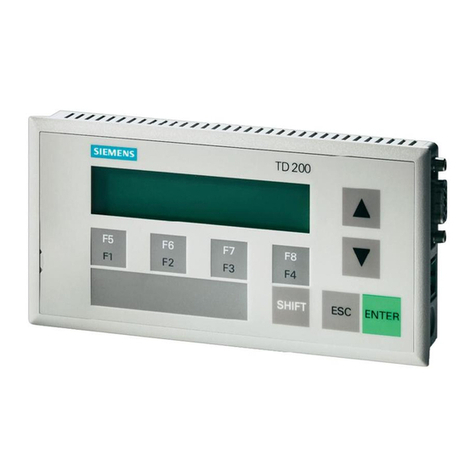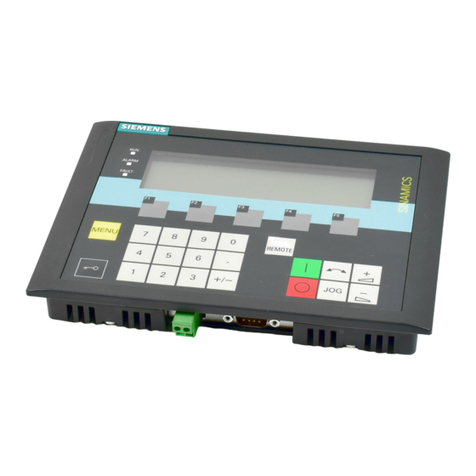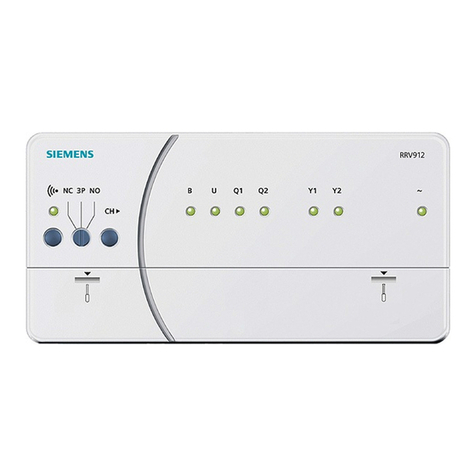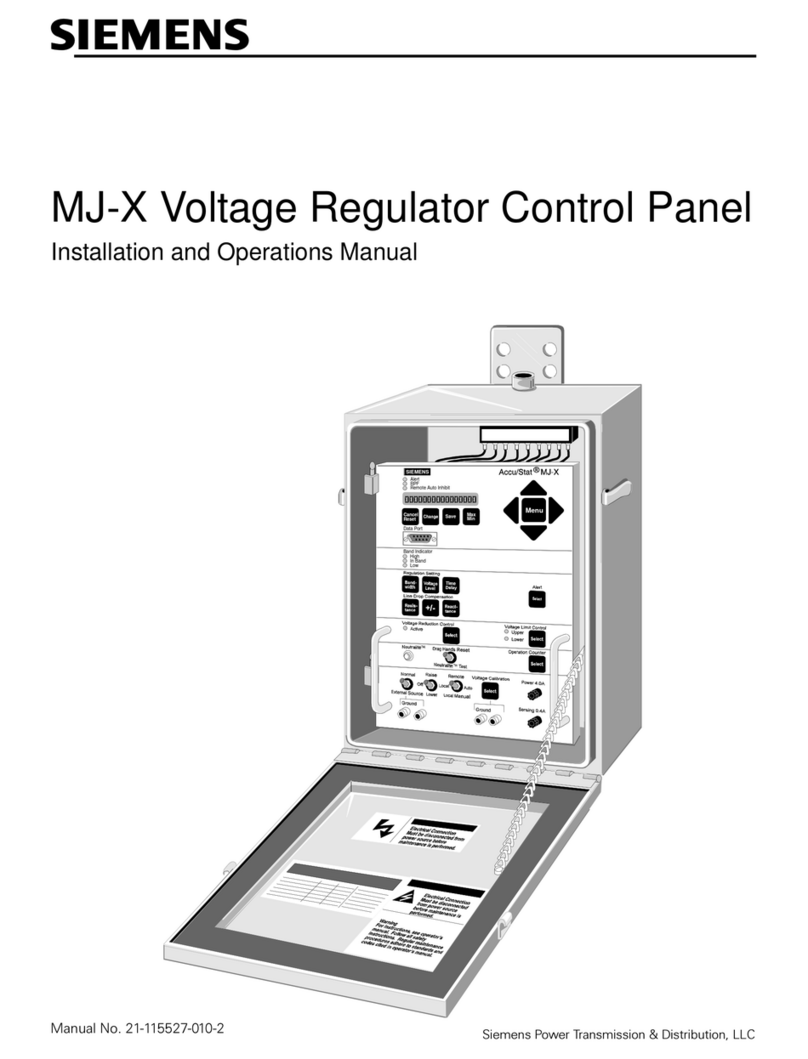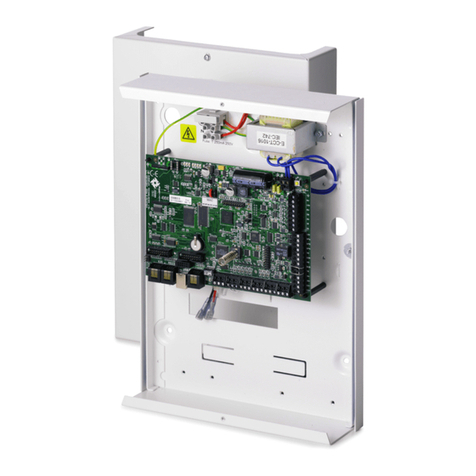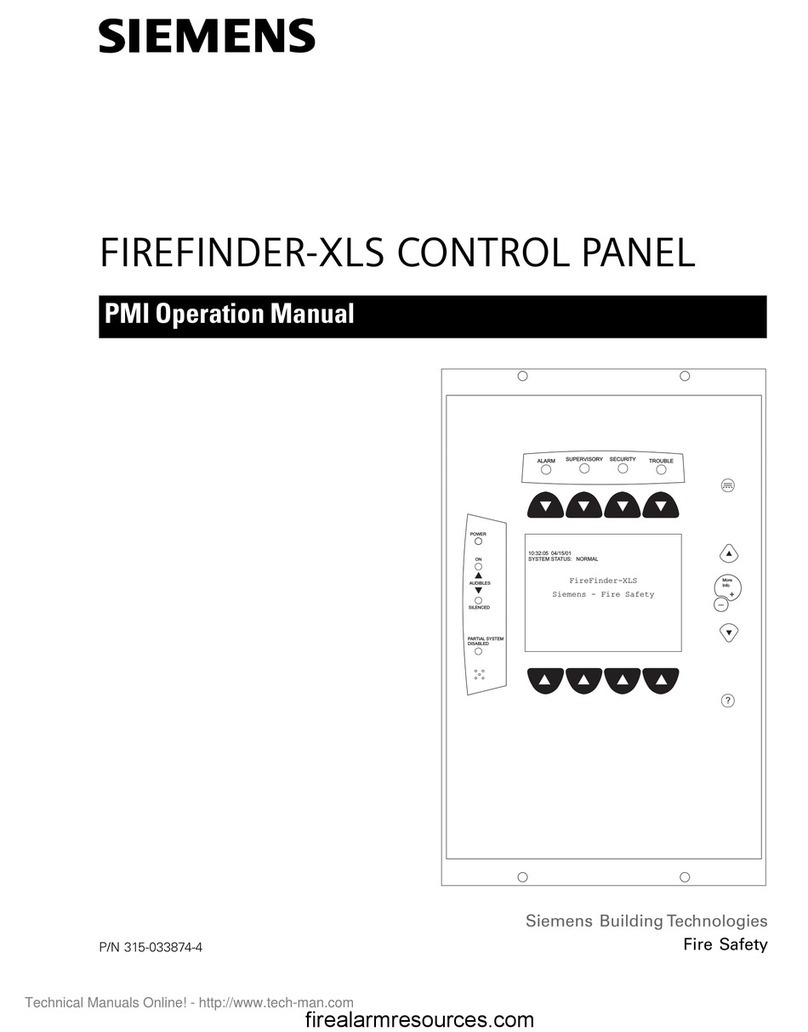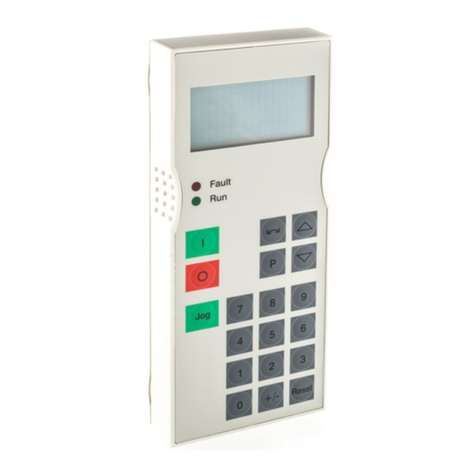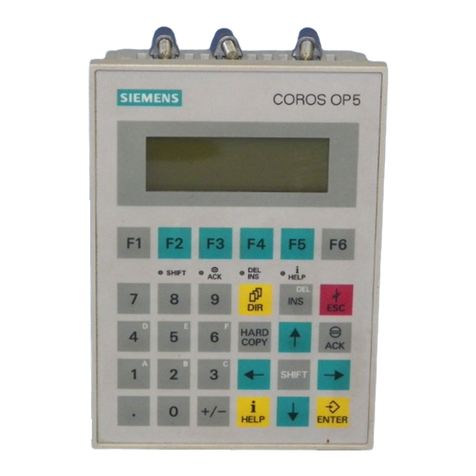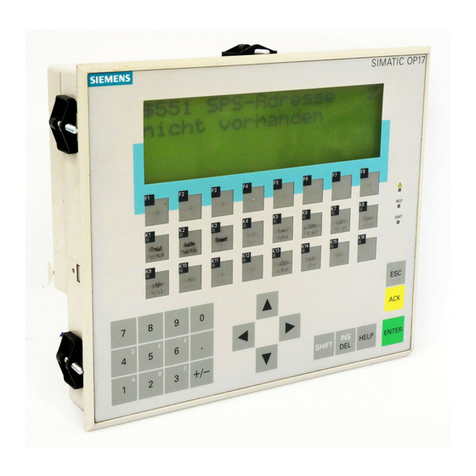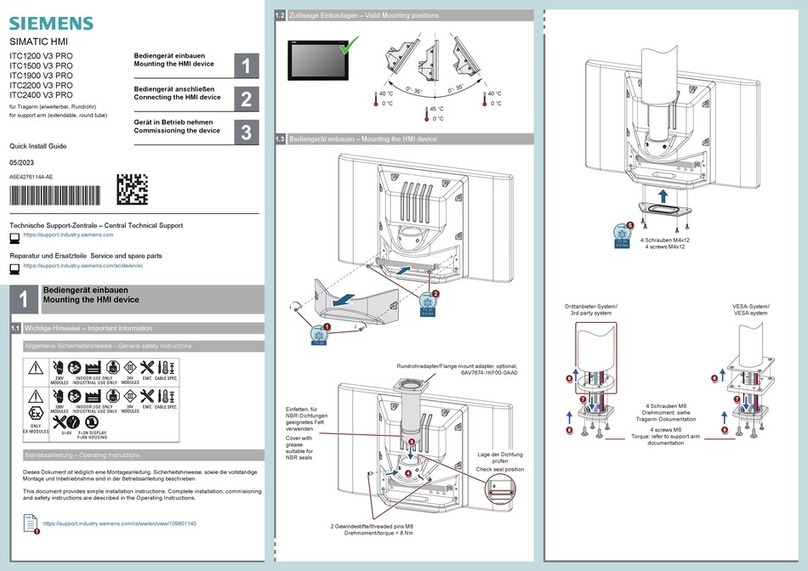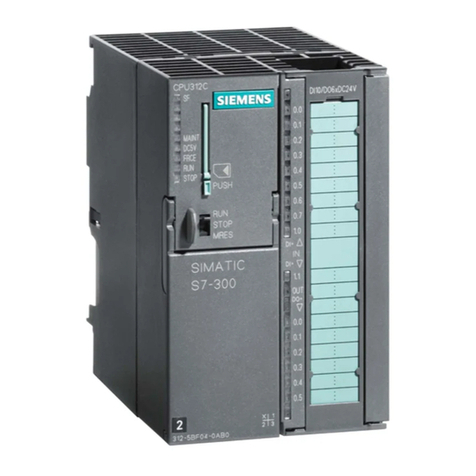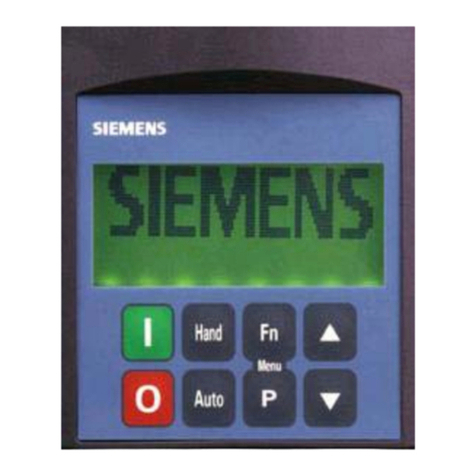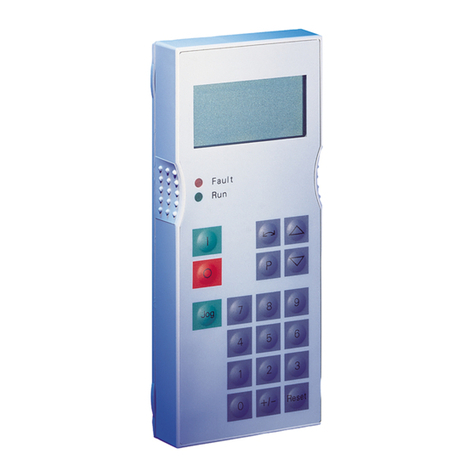
i
Table of Contents
1 INTRODUCTION .....................................................................................................................1
Firmware Revisions ............................................................................................................1
Standard Components .......................................................................................................2
MAIN BOARD ................................................................................................................................2
DISPLAY ........................................................................................................................................ 2
FRONT PANEL FUNCTIONS .......................................................................................................... 3
2 INSTALLATION.........................................................................................................................5
Unpackin the Equipment ..................................................................................................5
Installin the Control Panel ................................................................................................ 6
3 OPERATING MODES ...............................................................................................................9
Alarm .................................................................................................................................... 9
Supervisory.......................................................................................................................... 9
Zone Trouble ........................................................................................................................ 9
SYSTEM TROUBLE (FAULT) CODES .......................................................................................... 9
Normal .................................................................................................................................. 9
Pro ram/Test ....................................................................................................................... 9
Respondin to a Fire Alarm ...............................................................................................9
HOW THE SYSTEM ANNUNCIATES FIRE ALARMS ................................................................... 9
TO ACKNOWLEDGE ALARMS ................................................................................................... 10
TO SILENCE THE NOTIFICATION APPLIANCE CIRCUITS ....................................................... 10
TO RESET .................................................................................................................................. 10
Respondin to a Supervisory Condition ........................................................................ 10
HOW THE SYSTEM ANNUNCIATES SUPERVISORIES ............................................................ 10
TO ACKNOWLEDGE SUPERVISORIES .................................................................................... 10
TO RESET .................................................................................................................................. 10
Respondin to a Trouble Condition ................................................................................10
HOW THE SYSTEM ANNUNCIATES TROUBLES ...................................................................... 10
TO ACKNOWLEDGE TROUBLES .............................................................................................. 11
TO RESET .................................................................................................................................. 11
System Features ............................................................................................................... 11
INITIATING DEVICE CIRCUIT (ZONE) TYPES .......................................................................... 11
ALARM VERIFICATION ..............................................................................................................11
GENERIC ZONE ......................................................................................................................... 12
NOTIFICATION APPLIANCE CIRCUIT (NAC OR BELL CIRCUIT TYPE) ................................... 12
Simple Zone Code ................................................................................................................... 12
SET OUTPUT CONTROL MATRIX ............................................................................................. 13
BYPASS ZONES AND OUTPUTS ............................................................................................... 13
SET SYSTEM TIMING ................................................................................................................ 13
ALARM VERIFICATION RETARD/RESET TIMER SELECTION ................................................. 13
SET SYSTEM PASSWORD ........................................................................................................ 14
SET AC FAIL SIGNAL DELAY ..................................................................................................... 14
ENABLE SYSTEM OPTION CARDS ........................................................................................... 14
ONE PERSON SYSTEM TEST ................................................................................................... 14
LAST EVENT RECORD .............................................................................................................. 15
Pro ram Mode ................................................................................................................... 15
PROGRAM LEVEL DESCRIPTIONS ............................................................................................ 15
Section Page
Technical Manuals Online! - http://www.tech-man.com
